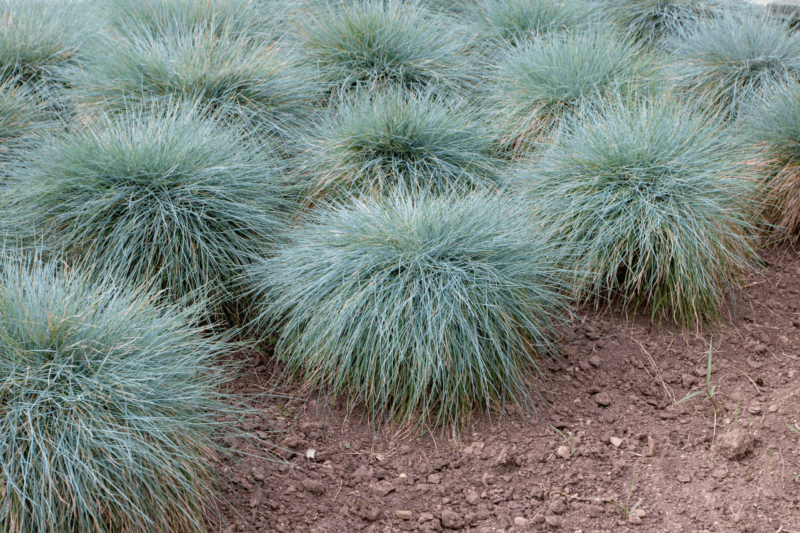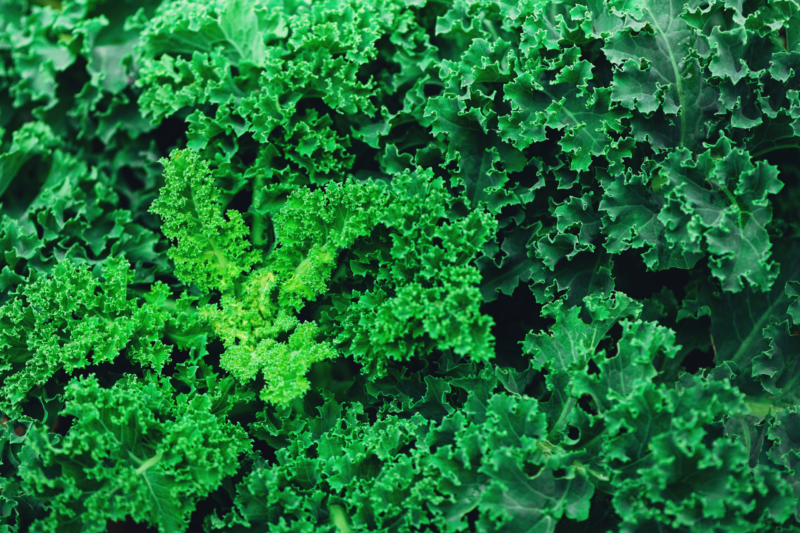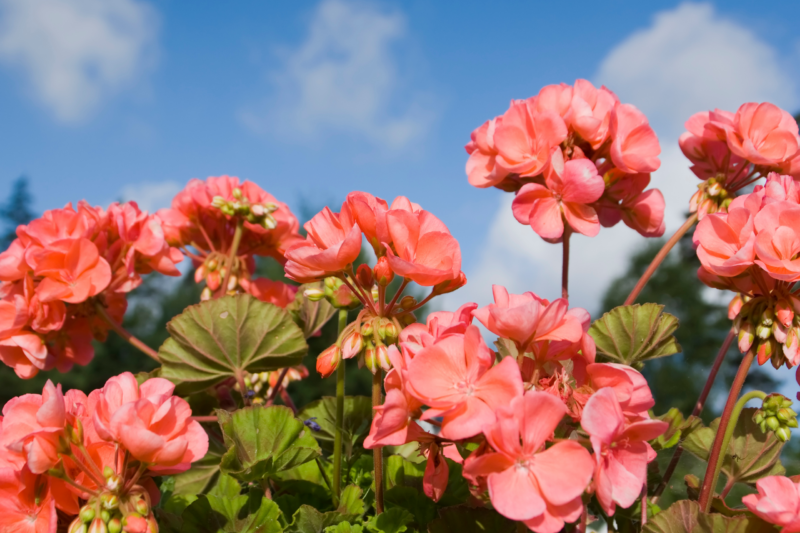Gardening by the sea can be both rewarding and challenging. Coastal gardens often contend with salty air, sandy soil, strong winds, and occasional droughts. However, with the right plant choices, your seaside garden can thrive, offering beauty and resilience. Here’s a guide to help you select the best plants for your coastal garden.
1. Hardy Perennials
Perennials are a fantastic choice for coastal gardens, as many varieties are naturally adapted to withstand harsh conditions. Consider planting:
- Lavender (Lavandula spp.): Its silver foliage and aromatic flowers thrive in sandy, well-drained soils.
- Sea Holly (Eryngium spp.): This spiky, architectural plant is both salt-tolerant and drought-resistant.
- Sedum (Sedum spp.): Low-maintenance and drought-tolerant, sedums provide year-round interest with their fleshy leaves and colorful blooms.
2. Ornamental Grasses
Ornamental grasses lend movement and texture to your garden while thriving in salty, windy conditions. Popular choices include:
- Miscanthus (Miscanthus spp.): Tall and elegant, this grass adds vertical interest and sways beautifully in the breeze.
- Beach Grass (Ammophila spp.): Ideal for stabilizing sandy areas, beach grass is a natural choice for coastal gardens.
- Fescue (Festuca glauca): Its blue-gray foliage adds a cool, modern touch to any garden.

3. Native Coastal Plants
Native plants are inherently suited to local conditions, making them low-maintenance and ecologically beneficial. Consider:
- Sea Thrift (Armeria maritima): Compact and vibrant, this plant thrives in rocky, sandy soils.
- Saltbush (Atriplex spp.): Known for its salt tolerance, saltbush is perfect for hedges and ground cover.
- Coastal Rosemary (Westringia spp.): This hardy shrub offers small, delicate flowers and thrives in tough conditions.
4. Shrubs and Trees
To provide structure and shelter in your garden, select salt-tolerant shrubs and trees, such as:
- Tamarisk (Tamarix spp.): With feathery foliage and pink flowers, tamarisk is both ornamental and hardy.
- Bay Laurel (Laurus nobilis): This evergreen shrub can be pruned into hedges and used for culinary purposes.
- Pine Trees (Pinus spp.): Many pines, such as the Aleppo pine, thrive in coastal environments and provide windbreaks.
5. Edibles for the Seaside Garden
Even in challenging conditions, you can grow delicious edibles by choosing salt-tolerant and resilient varieties:
- Sea Kale (Crambe maritima): A perennial vegetable that thrives in sandy soils and has tender, edible shoots.
- Asparagus (Asparagus officinalis): Prefers well-drained soils and can tolerate salty winds.
- Herbs: Rosemary, thyme, and oregano are excellent choices, as they flourish in dry, sandy conditions.

6. Vibrant Flowers
Add color and charm to your garden with flowers that can handle coastal challenges:
- Geranium (Pelargonium spp.): Tough and drought-tolerant, geraniums offer a burst of color.
- Daylilies (Hemerocallis spp.): These robust plants provide vibrant blooms throughout the summer.
- Ice Plant (Delosperma spp.): Known for its daisy-like flowers and succulent leaves, it’s perfect for ground cover.

Tips for Seaside Gardening Success
- Amend the soil: Improve sandy soil by adding organic matter like compost or well-rotted manure.
- Mulch wisely: Use mulch to retain moisture and suppress weeds while protecting plant roots from salt spray.
- Choose wind-resistant plants: Opt for plants with flexible stems and smaller leaves to minimize wind damage.
- Install windbreaks: Strategically placed fences or hedges can shield delicate plants from harsh coastal winds.
- Embrace natural aesthetics: Coastal gardens look best when they mimic the surrounding environment. Use driftwood, pebbles, and shells as natural accents.
With these plant suggestions and gardening tips, your seaside garden can flourish, offering a serene retreat filled with hardy, beautiful plants that complement the coastal landscape. Happy gardening!
See all properties →Related Properties
Waterside Properties Direct
Beach House, Ferrymans Rest, Ferry House and Boat House Plot, Lelant, St. Ives, Cornwall
6 Bedrooms, Detached Beachfront Residence
Offers in excess of
£5,000,000

For Sale
Jubilee Mill, Taplow, nr. Maidenhead
4 Bedrooms, Penthouse
£2,750,000

For Sale
Land and Cottage at Morenish, Loch Tay, Perthshire, Scotland
3 Bedrooms, Cottage
Offers In Excess Of
£2,490,000

For Sale
Pepperwood House, Weston Road, Edith Weston, Rutland LE15 8HQ
5 Bedrooms
£1,750,000

For Sale
Plot 4, River Mill, Haxted, nr. Edenbridge TN8 6QA (Kent/Sussex/Surrey borders)
5 Bedrooms
£1,250,000

For Sale
Thames View, 25 River Gardens, Purley On Thames, Berkshire RG8 8BX
5 Bedrooms, Detached Riverside House
Offers In Excess Of
£950,000

For Sale
47 Beach Green, Shoreham, West Sussex BN43 5YE
4 Bedrooms, Detached House
£900,000

For Sale
Plot 5, River Mill, Haxted, nr. Edenbridge TN8 6QA (Kent/Sussex/Surrey borders)
3 Bedrooms
£895,000

For Sale
Hilbre View, Caldy, Wirral Peninsula, Cheshire
3 Bedrooms
Guide Price
£799,950

For Sale
The Barge House, Goodrich, Ross-on-Wye, Herefordshire HR9 6JD
4 Bedrooms, House
Guide Price
£775,000

Sellers
How to get your property listed on the Waterside Properties website.
Estate Agents